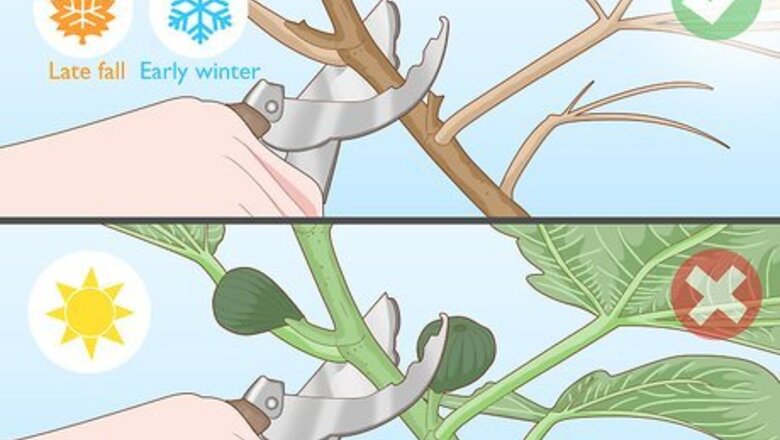
views
Choosing What and When to Prune
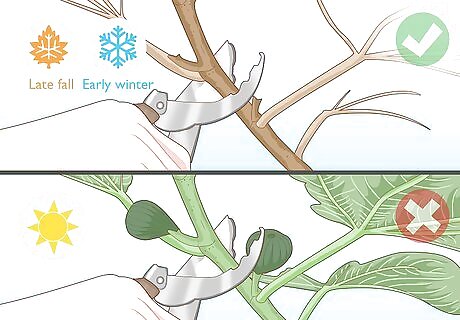
Prune established blackcurrants once a year after all the foliage has fallen. Established blackcurrants are at least 1 year old and have already had fruit. Wait until after you have harvested the fruit and the foliage has fallen to prune the bushes, ideally in late fall or early winter.Tip: Blackcurrants are most productive from 1-3 years old. The most productive bushes will have a mix of branches that are 1, 2, and 3 years old. Blackcurrants bear fruit during the summer on the branches that grew the previous summer. So, if you have a blackcurrant bush that is in its first summer, then don’t prune any of the new growth. This is what will produce the fruit during the next summer.
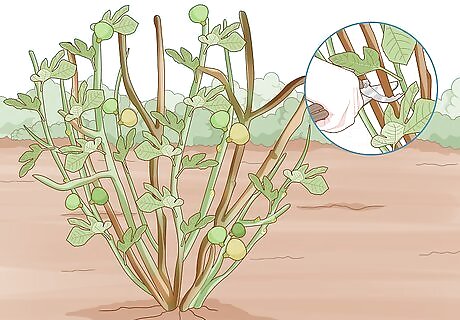
Select about 1/3 of the oldest, darkest wood to prune away. Blackcurrants bear the most fruit on newer branches, so identify the oldest growth to cut away. The oldest branches have very dark wood that is almost black. Old branches will still bear fruit, but not nearly as much as new branches. Cutting away the old growth rejuvenates the blackcurrant bushes and allows room for new, more fruitful growth.

Choose stems that are weak or low to the ground to remove as well. Identify any stems that are weak and wispy, as well as any that are drooping towards the ground. You will need to get rid of these to encourage stronger, healthier growth. These shoots will not produce fruit or the fruit will be dragging on the ground and not good for harvesting.
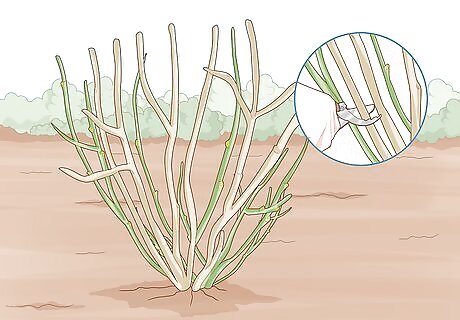
Leave the lightest-colored wood to produce blackcurrants the next summer. Identify the strongest, newest wood and make sure not to prune it away. These branches have a light chestnut-brown color. These are the shoots that have grown during the current year and will be some of the most fruitful in the next summer.
Performing Annual Pruning

Use garden shears to cut branches as close to the base as you can. Open up the shears and place the blades around a branch as close to the base as you can get them. Squeeze the handles together to cut the branch off.Tip: Long-handled lopping shears are a good choice of shears for the job. The long handles will allow you to reach down into the bush while standing, as well as give you lots of leverage to cut thicker branches more easily. Remember to start by cutting about 1/3 of the oldest branches, followed by the weak and drooping ones, and finally finish up by shaping the bush and thinning it out.
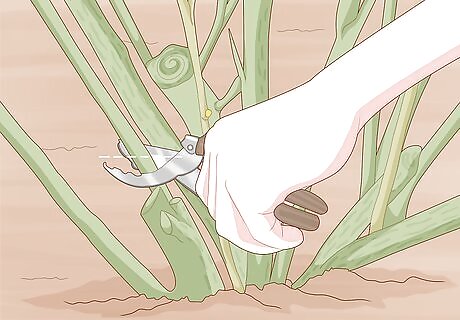
Clean up the cuts with a pruning saw to even them out with the base. Use a small pruning saw to saw down any uneven cuts or cuts where you weren’t able to get all the way to the base of the bush. Aim to have no more than about 2.5 in (6.4 cm) of the branches you cut sticking up from the base of the bush. The closer you can get the cuts to the base of the bush and soil level, the better. This will keep the center of the bush from becoming congested and allow plenty of room for new, productive growth.

Help define the shape of the bush by clipping away any horizontal new growth. Use a small pair of pruning shears to clip away any new growth that is growing out to the sides. This will ensure the bush retains a strong, upright shape as it continues to grow throughout the coming year. Remove any branches that are criss-crossing with one another as well in order to keep the bush from growing tangled.

Prune away new wood to thin it out until there are 6-10 healthy, strong shoots. Look at the remaining branches after you have cut away the old wood, weak wood, and branches that are growing horizontally or criss-crossed. Cut away more branches until you are left with no more than 10. That way, the bush can focus its growing energy on these, which will allow them to bear more fruit. When choosing which of the remaining branches to remove, select those that are growing the closest to others or look the weakest. Try to thin out the bush so it has a shape roughly like a goblet, with strong, evenly-spaced branches growing straight upwards. This can be the hardest part of pruning because you may have to select some of the healthy new growth to get rid of. However, just keep in mind that what you are doing will help the bush grow even stronger and yield more fruit.












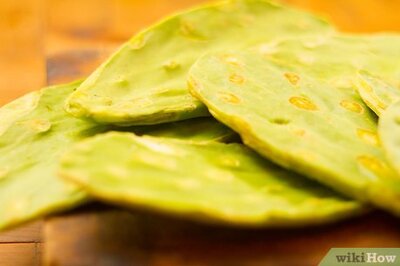



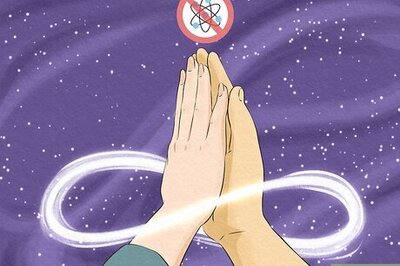

Comments
0 comment